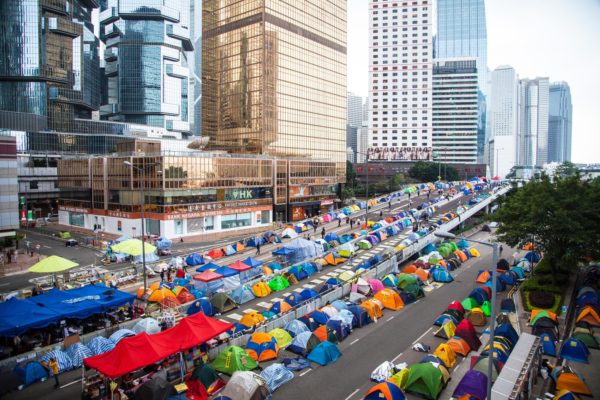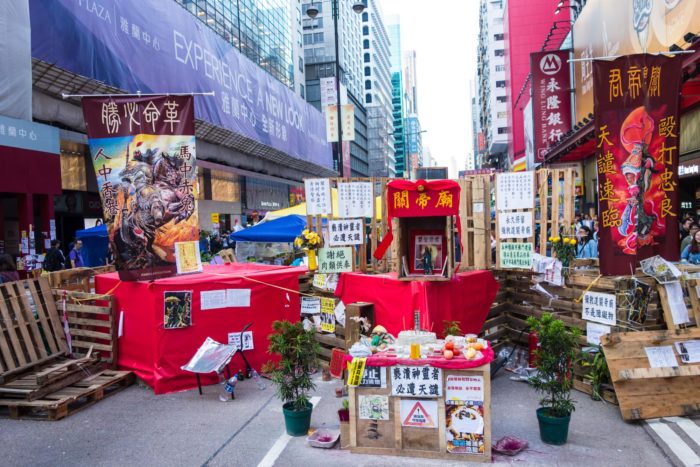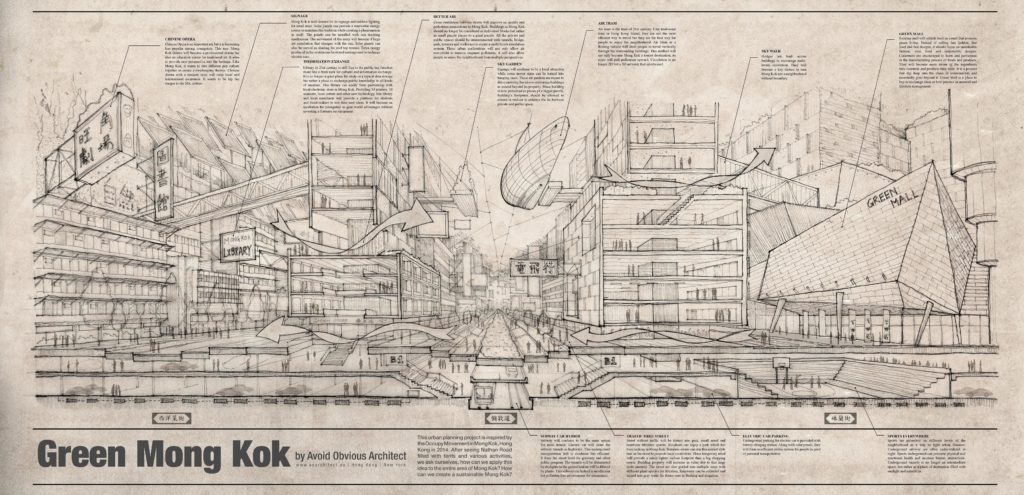
How Minimalism Can Make Cities Happier
juin 2, 2017 — Uncategorized
I was born and raised in Hong Kong and lived there until my family moved to New York in 2001. Work brought me back to Hong Kong in 2014 and I am always trying to resolve social issues here via research, projects, volunteering and teaching.
One of the biggest problems we have in Hong Kong is mental illness. According to research, 1 in 7 Hong Kong residents are mentally ill to some degree or another. This includes those who are anxious, stressed and unhappy. Suicide is also the leading cause of death in 15-24 year olds in Hong Kong (Hong Kong Jockey Club Centre for Suicide Research and Prevention).
And yet, the city is home to one of the best transportation systems in the world, a stable economy, quality educational institutions and a high life expectancy. So what is wrong? Many blame the lack of public housing. Young people are forced to live in small apartments with multiple members of their family. No matter how much they work, they can’t seem to afford an apartment of their own.
People know how to make spaces of their own when they try.
When I look at Central, the Hong Kong business district, it is not difficult to spot unhappy faces. People walk by like zombies as if they are defeated to know that work will not bring them a better future. However when I visit Central on Sunday, the exact opposite happens. The famous HSBC Building, designed by British architect Norman Foster, is usually crowded with domestic helpers from the Philippines or Indonesia, the majority of them women who have moved to Hong Kong alone for work. They typically left their children and family back home due to the lack of jobs in their native country. Some have college education but all of them make only HKD$4,000 (approximately USD$500) per month, four times less than an average college graduate in Hong Kong.

Despite the difficulties they face in the city, this minority group found a happy space below a prestigious bank. They party, sing and dance with those who speak their language. They laugh and they look happy. I don’t think Foster planned his building for this special gathering, but a disadvantaged minority found their happiness in Hong Kong using the following minimal solution – a piece of cardboard, umbrellas, food, music and people they know.
This makes me wonder: Hong Kong offers many amenities and benefits to local citizens, why are these world class resources not fostering feelings of contentment? Many other architects think we need to offer even more urban amenities and lifestyle options to youngsters. I disagree with this “more is better” approach in a city where less can be more. I do not think we are drastically lacking amenities, public housing or opportunities. People know how to make spaces of their own when they try.
Our idea is to encourage those spontaneous designs, to openly let people do what they love to do in secret.
Below are photos I took during the 2014 Occupy Central movement in Hong Kong. Young people occupied the street and turned a 12-lane highway into a village. The village had tents, a school, a farm, a library, art, food and places of worship. That was all people required to live on the streets for three months. They didn’t work but they were protesting for a political purpose. Setting aside their demands for political change, young people were happy there.

This spontaneous and illegal settlement gave us a glimpse of happiness. People were only given simple “tools” to take over the streets. There were no structured guidelines as to how to organize themselves. Being “illegal” or random was part of the movement’s success and also part of its stress relief functions. People were happy to contribute while happy to be disobedient. Hong Kong simply has too many rules regulating the city’s high standard of living. Simply escaping out from under this set of municipal regulations became a joyful experience.
At Avoid Obvious Architects, we have proposed Green Mong Kok: a concept applicable to densely built areas. Mong Kok in Kowloon, Hong Kong already had many illegal settlements inside its old buildings. Many residential apartments on upper levels are now used as low-budget storefront for small shops.

Our idea is to encourage those spontaneous designs, to openly let people do what they love to do in secret. Of course, it is freedom within limits, but it is about loosening the building and zoning regulations that are putting people under. Allow young people with little budget build and expand their area vertically and horizontally into a sponge city. Open the street to public access not only at the ground level, but at multiple levels throughout the buildings as well as underground. Walkways, greenways, communal spaces are connected like a beehive, just like Kowloon Walled City. Putting aside legal and structural boundaries can help create this sponge-like neighborhood.
This method has proven to be successful in previous examples. Financially, it can be a win-win situation: we offer more area to landlords by extending their property lines. In return, they give young people tools and spaces to create opportunities. With loose curation, Green Mong Kok can be filled with trees, communal spaces, new businesses, better air movement, less car pollution and simply more happiness.
Vicky Chan will speak on the plenary panel « Healthy Placemaking » on June 9 at the NewCities Summit 2017 in Incheon Songdo, South Korea.